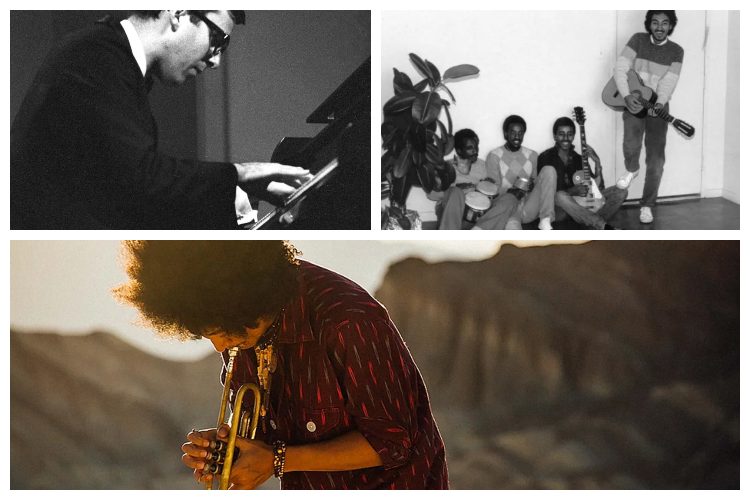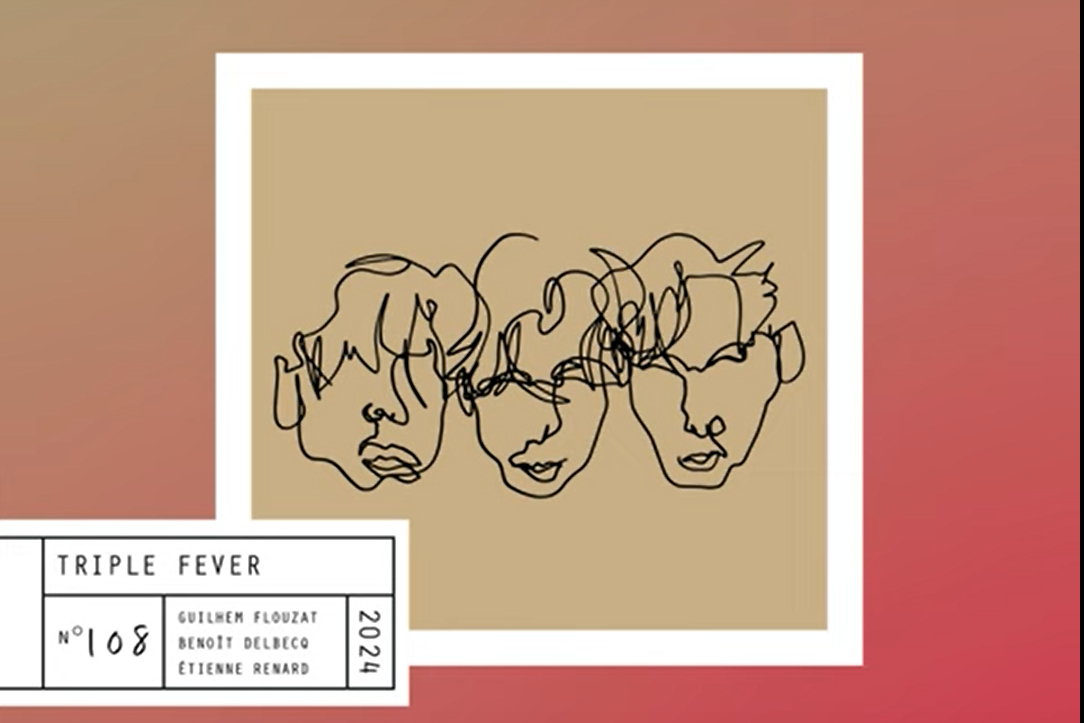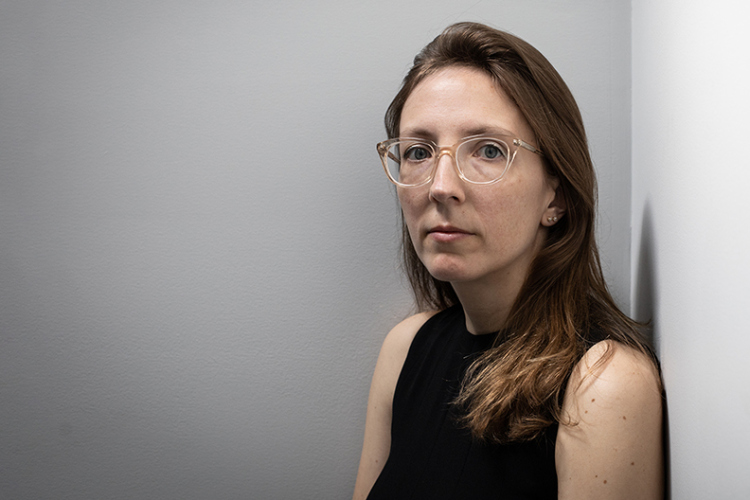Review: Bob James’ ‘Once Upon A Time: The Lost 1965 New York Studio Sessions’, Admas’ ‘Sons of Ethiopia’, and Takuya Kuroda’s ‘Fly Moon Die Soon’
|
Getting your Trinity Audio player ready...
|
Artists often produce some of their best work when given increased freedom over the creative process. In so doing, their other sonic influences frequently seep into their output, generating something which is not just truer to its craftsman but also expressive of a fuller range of ideas. With fewer confines placed on them by record companies, producers, or other musicians, they commonly develop and examine areas not well-tread. Three fairly contemporaneous releases – Bob James’ Once Upon A Time: The Lost 1965 New York Studio Sessions (Resonance Records, 2020), Admas’ Sons of Ethiopia (Frederiksberg Records, 2020), and Takuya Kuroda’s Fly Moon Die Soon (First Word Records, 2020) – each showcase how, across different decades, greater flexibility can present new colors, concepts, and questions for consideration.
For James, in some ways, this derives from youthfulness. The octogenarian pianist has long aligned himself with sounds that could be labeled as “smooth jazz,” or, slightly more correctly, instrumental R&B. Generally speaking, this trajectory started through his association with Creed Taylor’s CTI Records. Like most of the label’s output, his recordings placed a firm foot on each side of the market imposed boundary of “jazz” and popular forms. And while many artists of the 1970s made these associations – including Miles Davis, Herbie Hancock, and John McLaughlin’s Mahavishnu Orchestra – CTI’s approach was generally softer and gentler. James’ first CTI release, One (CTI Records, 1974), started this carefully through a cover of “Feel Like Making Love.” Gradually, he adopted further from pop and R&B influences with keyboards, synthesizers, and the electric bass taking on increased importance. By the late 1970s, this brought him significant critical acclaim, particularly with his song “Angela,” which served as the theme song to popular sitcom Taxi (Paramount, 1979-1982) and All Around the Town (Tappan Zee, 1980), which collected live versions of songs from the show. He would then form Fourplay with Lee Ritenour, Nathan East, and Harvey Mason. He was also subsequently sampled by many other artists.
But decades earlier, in 1965, he was a young musician trying to forge his own path. This largely took the form of exploring the reaches of sound with music many would comfortably place within the avant-garde. Once Upon A Time provides a rare glimpse into this facet of this generally uncaptured past. The title track first hints at these outward voyages with Robert Pozar’s slightly off-kilter drumbeats and some piano phrases unconfined by chordal structure, even as the rest of the piece seems mostly straight ahead. Any pretense is lost, however, by the trio’s version of Joe Zawinul’s “Lateef Minor 7th.” A catchy piano melody evolves into experimentation on the entirety of the instrument, with strumming and pounding on the strings. This approach is somewhat mirrored by Pozar and bassist Larry Rockwell as they test various less established ways to produce sound out of their own. They add indecipherable vocalizations, giving a somewhat unsettling aura. When the head returns, one senses it is not as peaceful as once perceived. “Variations” continues the concept, but James plays more conventionally to allow his bandmates additional room to push their limits.
Although fascinating in and of itself, the album is increasingly so in light of James’ prior works. The history of modern music is replete with discussions of whether a particular artist is playing “in” – tightly confined by predetermined chordal structures, time signatures, or other structural components – or “out” – untethered by them. In reality, very few expressions of musical creativity sit entirely at either extreme. However, it is less common to see an artist completely shift between each pole during their career. Anthony Braxton is unlikely to team up with Chris Botti in the near future. So, what happened? Did James’ interests change? Did the influence of others in the industry shift his focus? Or, are there subtle cues in his more popular music towards his past? Once Upon a Time is an intriguing study in how all music is truly interconnected.
Two decades later, the quartet Admas found ways to combine the sounds of their past and present to create something new. All three of the group’s members were Ethiopian exiles in Washington DC who grew up in Ethiopia during the Derg military dictatorship. The oppressive regime purged some of its most creative music in favor of propagandized versions of traditional music. Given the context, a listener may anticipate that Admas would solely emphasize their homeland’s music to ensure its continued vitality.
Without abandoning their roots, Admas also incorporated newer influences with synthesizers and drum machines playing a central role throughout. “Tez Alegn Yetintu” adds an Ethiopian tinge to the jazz and R&B hybrids of the era. The ballad is the apparent child of another capital city ex-pat – Hailu Mergia – and, interestingly enough, Bob James. “Kalatashew Waga” visits 80s electro music, the antecedent to hip hop and electronic styles, as a spacy and swirling synthesizer meets a repetitive drum machine beat. “Wed Enate” takes these and borrows from the Caribbean rhythmic concepts, particularly reggae. The album is simultaneously a product of its era, due to the technology used, but with its intense eclecticism, remains difficult to categorize. Still, it retains its Ethiopian essence; one would be hard-pressed to find artists from elsewhere producing a sound like this. The lack of constraints essentially facilitates the creation of something new entirely.
In his sixth release, Takuya Kuroda approaches production in a method different than he had used before. While its predecessors relied upon live bands, now he turns to, essentially, a method of sampling. The trumpeter spent two days in a studio working through tracks he constructed at home and began swapping parts in and out with those of different sounds of the studio or new musicians called in. On top of conventional solos, loops of his horn contribute backing at times. Unsurprisingly, the result sits comfortably within a realm carved out by Robert Glasper and others who fused jazz concepts with hip hop and R&B.
By now, this aesthetic by itself is not terribly novel, even among trumpet players. Christian Scott Atunde Adjuah, Theo Croker, Marquis Hill, et al. have explored it each with their own touch. However, Kuroda’s backstory with hip hop is atypical as he did not first encounter the music until he was an adult. Thus, while that influence is apparent, when combined with his more personalized production techniques, additional individualized touches emerge. “ABC” brings an upbeat tempo, guitar slashes, and tight syncopated horns, perhaps reflective of his early work with Akoya Afrobeat or more recent cover of Donald Byrd’s “Think Twice” with Antibalas on Zigzagger (Concord, 2016). Even the subtleties are potentially instructive as at the 1 minute 14-second mark, one hears a brief snippet of a gong, possibly invoking music of native Japan where the instrument is traditionally used at the beginning of festivals.
“Moody” is equally indebted to the music of Africa but additionally overtly pulls from both 1970s and 1980s Herbie Hancock. But a later approach to the pianist’s “Tell Me a Bedtime Story” is restructured completely. Fragments of the piece are split apart and only loosely sewn together at the beginning. By the time the melody fully presents itself on the bandleader’s flugelhorn, sampled beats and keyboard riffs move slowly around it in unsettled and unstructured patterns. The closer, “TKBK,” finds a middle ground between the essence of Red Clay (CTI Records, 1970) era Freddie Hubbard, DJ Premier, and modern electronic music. Overall, Kuroda’s musical interests are not narrowly defined and the freedom he holds over the production of Fly Moon Die Soon crafts a work that is broad in scope even as its compositions are catchy.
Thomas Merton once noted that “Art enables us to find ourselves and lose ourselves at the same time.” As shown by Bob James, the members of Admas, and Takuya Kuroda, this is true for the artist as well. When one removes walls around their creative genius – whether imposed by culture, stylistic or artistic norms, or other powers – they can find new ways to better express themselves. In the process, they can also add further depth to different works and, possibly, pave a new path for future generations to follow.
Bob James’ ‘Once Upon A Time: The Lost 1965 New York Studio Sessions‘ is now available on Resonance Records.
Admas’ ‘Sons of Ethiopia‘ is now available on Frederiksberg Records.
Takuya Kuroda’s ‘Fly Moon Die Soon‘ is now available on First Word Records.
Bob James’ ‘Once Upon a Time: The Lost 1965 New York Studio Sessions‘
Tracklist: 1. Serenata; 2. Once Upon A Time; 3. Lateef Minor 7th; 4. Variations; 5. Airegin; 6. Indian Summer; 7. Solar; 8. Long Forgotten Blues
Personnel: Bob James (Piano); Larry Rockwell (bass (1-4)); Robert Pozar (drums (1-4)); Bill Wood (bass (5-8)); Omar Clay (drums (5-8)).
Admas’ ‘Sons of Ethiopia’
Tracklist: 1. Anchi Bale Game; 2. Bahta’s Highlife; 3. Tez Alegn Yetintu; 4. Kalatashew Waga; 5. Wed Enate; 6. Samba Shegitu; 7. Astawesakehu
Personnel: Henock Temesgen (acoustic guitar, bass guitar, electric guitar, lead guitar, percussion, rhythm guitar); Abegasu Shiota (organ, percussion, rhythm guitar, synthesizer, vocals); Yosef Tesfaye (drums, percussion, vocals); Tewodros Aklilu (piano, Fender Rhodes, percussion, vocals); Simeon Beyen (lead vocals (7)).
Takuya Kuroda’s ‘Fly Moon Die Soon’
Tracklist: 1. Fade; 2. ABC; 3. Change; 4. Do No Why; 5. Fly Moon Die Soon; 6. Moody; 7. Sweet Sticky Things; 8. Tell Me a Bedtime Story; 9. TKBK
Personnel: Takuya Kuroda (trumpet (1,2,3,4,5,6,7,9), beats (1,3,4,5), Moog bass (1,4,5), Fender Rhodes (1,4,5), keyboards (3,8), vocals (4,5), flugelhorn (8), percussion (8)); Corey King (vocals (1,3,4), trombone (1,4,5,6,9)); Craig Hill (tenor saxophone (2,9)); Tomoaki Baba (tenor saxophone (1)); Chris McCarthy (keyboards (1,5,9)); Rashaan Carter (bass (1,2,7)); Adam Jackson (drums (1,2,4,5,6,7,8,9)); Takahiro Izumikawa (Fender Rhodes (2,7), keyboards (4,5)); Saotoshi Yoshda (guitar (2)); Keita Ogawa (percussion (2,5,6,8)); Takeshi Ohbayashi (keyboards (3,4,5,6,8,9)); Ryo Ogihara (guitar (3,6)); Solomon Dorsey (bass (3)); Zach Mullings (drums (3)); Manami Kakudo (voices (5)), Burniss Earl Travis II (bass (6,8)); Alina Engibaryan (vocals (7)); Yashushi Nakamura (bass (9)), Todd Cardner (bass (9)), Paola Arcieri (vocals (9)).




2 thoughts on “Review: Bob James’ ‘Once Upon A Time: The Lost 1965 New York Studio Sessions’, Admas’ ‘Sons of Ethiopia’, and Takuya Kuroda’s ‘Fly Moon Die Soon’”